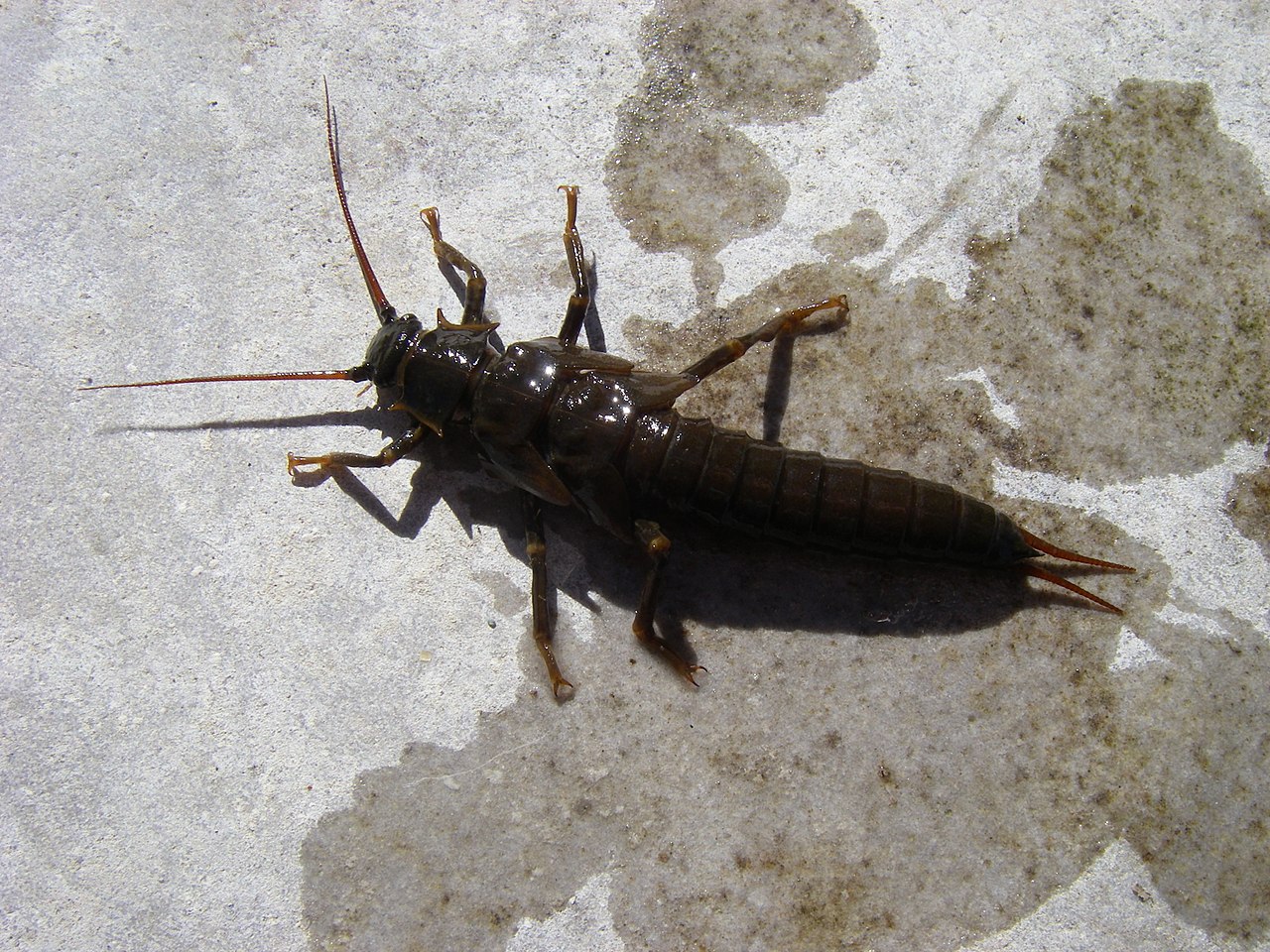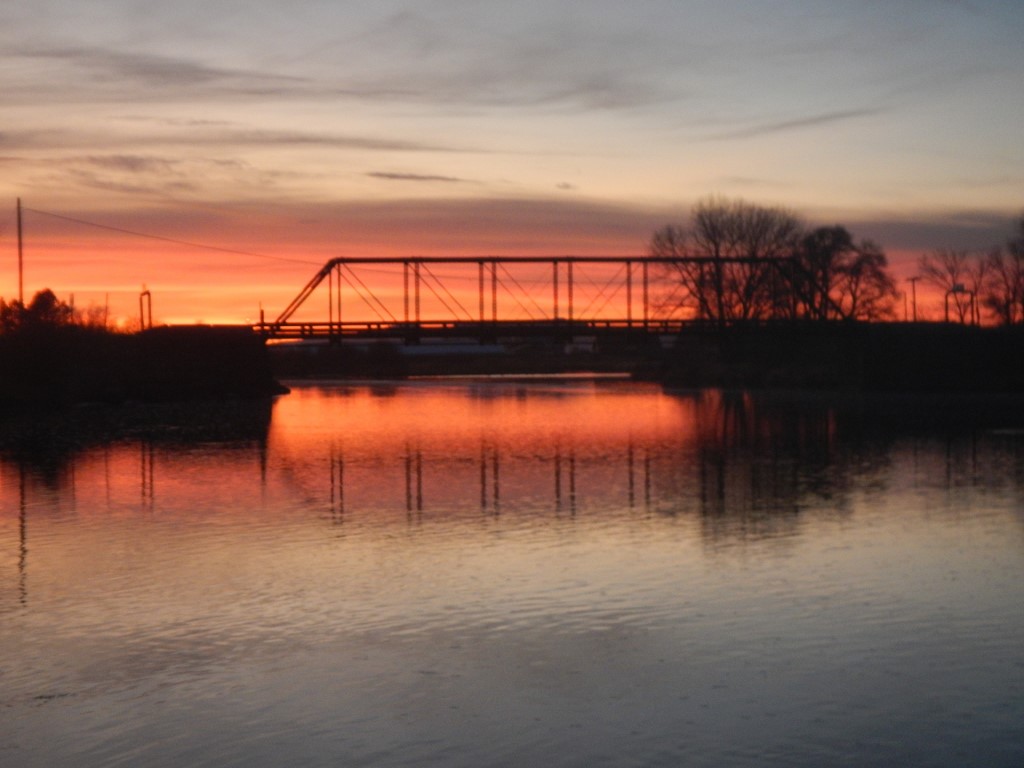Henry’s Fork, May 18th, 2024

Big Time Trout Food
The stone fly hatch on the lower river is beginning right on time. From Ashton Dam down to the Chester Dam nymphs are crawling onto banks. It will take some warm weather to advance the hatch in numbers, molting to adults, and to fly over the river. So until warm weather arrives, big nymph patterns simulating these insects will be among the most effective to use as resident trout key on such patterns. During this week the hatch should advance, and we will provide information on best locations to enjoy it into Memorial Day weekend.
By any measure the big stone fly appearance ends the so called shoulder season on the river. From now on high interest applies to the season long advance of insect life which makes fishing the river so famous. We at Fly Fish Food-Jimmy’s will monitor this advance on the river and provide solid information on it throughout the season.
Water Quality Statement from Dr. Rob Van Kirk’s SWE Report for the Henry’s Fork Drainage Filed Yesterday, May 17th.
Water quality continues to be good throughout the watershed. Water temperatures and dissolved oxygen concentrations are good to excellent and near average for this time of year. Turbidity continues to drop in the Warm River to Ashton reach and is also starting to drop downstream of Fall River. I do not expect abnormally high turbidity anywhere in the watershed for at least a week. Hatch timing is within a day of average at all locations and is likely to stay very near average for the next few days. Cooler weather next week could slow things down a bit then, but I expect average timing for the salmonfly hatch watershed-wide. Salmon fly adults have just started emerging in the spring-fed locations such as Buffalo River and Warm River, indicating just a few more days before they begin to hatch in large numbers in the reach between Ashton Dam and Chester Dam.

